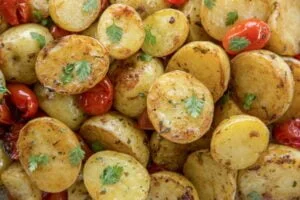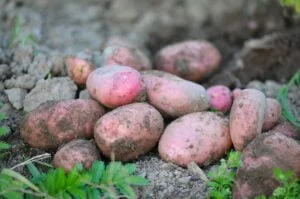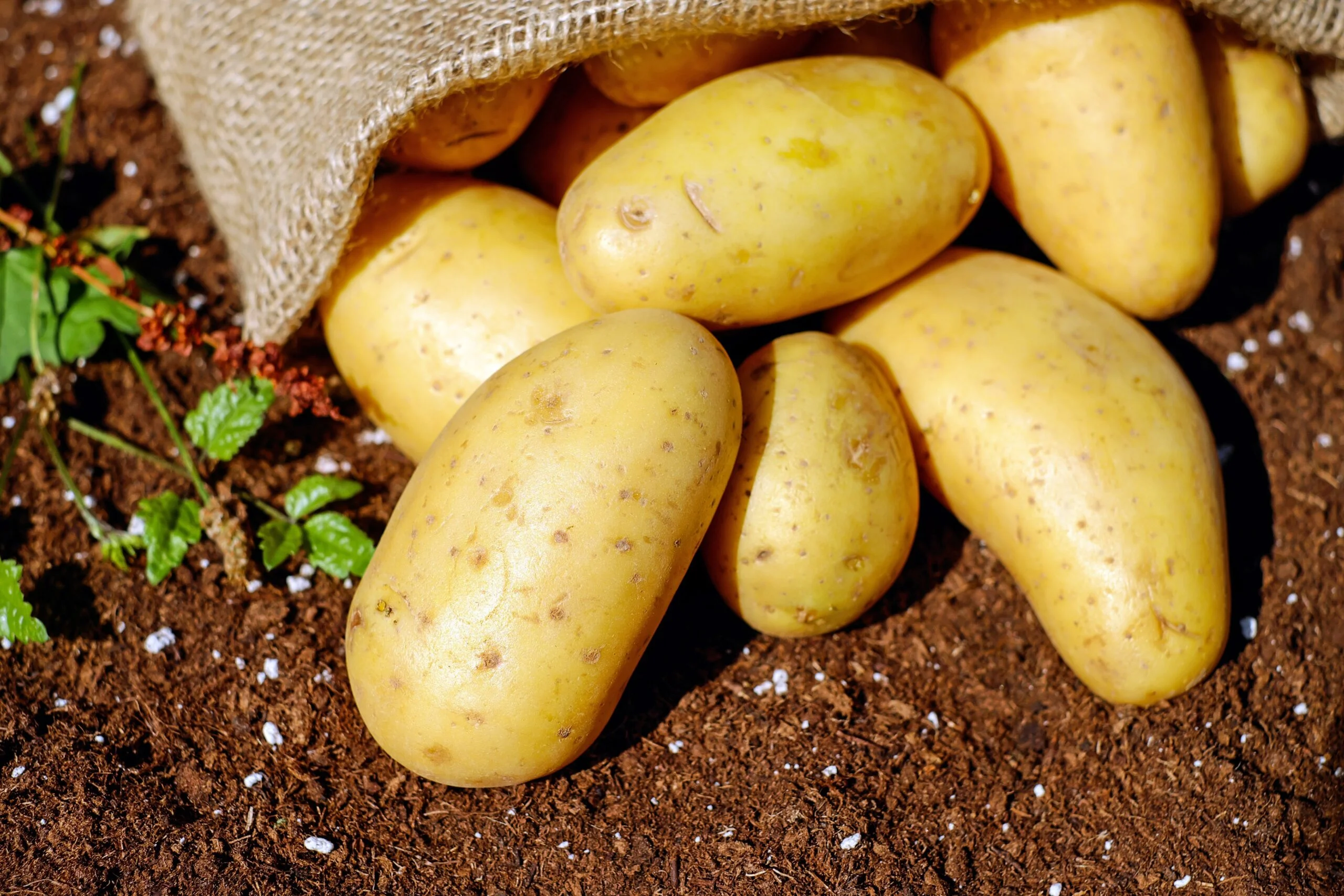Production technology of potato
Introduction
This article is about the production technology of potatoes. The potato belongs to the Solanaceae family, and the scientific name is Solanum tuberosum. There are many species of this family, and only a few can produce tubers. It is a staple crop of many countries, and it is made in large quantity and ranks with other crops like wheat, cotton, and rice. It was firstly introduced in Europe in the 16th century, and now it is cultivated throughout the world along with India and Pakistan. let’s discuss the production technology of potatoes.
Uses and Importance
It is mainly used and mixed with other vegetables, meat, and fish. Potato chips are prepared all over the world. It is a rich source of starch. It also contains proteins, minerals, and vitamins, particularly C.
Climate
It is cultivated in a wide range of climates. It is a cool-season cold and frost tolerant crop. Temperature requirements are following;
- Young plants best temperature 24 degrees Celsius
- Suitable tuber production temperature 20 degrees Celsius
An increase in temperature decrease tuber production. Short days enhance tuber formation.
Soil
The soil should have the following characteristics:
- Deep
- Fertile
- Sandy to clay loam
- Good water retention capacity
- Good air retention capacity
Manures and Fertilizers
For 25 tons/ha production, it requires 118kg N, 50kg P, and 225kg K. Green manuring is also beneficial for tubers. Recommended doses of fertilizers are following:
- FYM 30t/ha (4 weeks before planting)
- Nitrogen 80-100kg/ha
- Phosphorus 90-100kg/ha
- Potash 50kg/ha
Some researchers suggest the following dese of fertilizers;
- Nitrogen 125-220kg
- Phosphorus 33-75kg
- Potash 75-111kg
Spacing
- Hilly areas spacing is 60*30 cm (Furrows)
- In plains, spacing is 30cm (ridges), and the spacing between shelves is 45 to 60 cm
Seed Rate
We planted potatoes as tubers or as a whole or cut them into pieces. Seed potato should be healthy, disease-free, and free from the mixture of other tuber seeds. Its seed rate mainly depends on the soil, climate, variety, and tuber size. Its recommended seed rate is 800-1000kg/ha.
Read also:- Turnip production
https://mianfarms.com/production-technology-of-turnip/
Irrigation
We should rinse it frequently. First irrigation is done just after planting. After that, there is a one-week interval between irrigations. We decrease irrigation when tuber formation starts. We stopped irrigation a week before harvesting.
Varieties
Common varieties of sub-continents are;
- Prima
- Lala Faisal
- Alpha
- Multi
- Velcro
- Ultimas
- Alladin
- Desiree
- Baroka
- Cardinal
Harvesting
Harvesting depends on the size of the tuber. When the tuber matures and gain its full extent, the vine will dry. Mechanical harvesting is done in many developed countries. In the sub-continent, it is still harvested with a spade. Tubers should not be injured during harvesting. Tubers are collected and stored in the shade just after harvesting.
Yield
Its yield depends on;
- Variety
- Cultural practices
- Season
- Location
The yield of every variety is different in different places. The average crop of potatoes is 20 to 25 tons/ha.
Insects/Pests
Potato tuber moth
There are two stages of its attack. First, its attack leaves and shoots, then attack the tuber. They lay their eggs inside the tuber. These moths damage the plants.
Golden Nematode
It stunted plant growth. Leaves become yellow. Tuber size decreases.
Mole Cricket
It lives deep inside the field. It attacks other root crops along with tubers. It damaged the crop.
Green Stink Bug
It directly attacks the leaves of the plants and sucks their sap. Cause yellowing of leaves and faded them.
Diseases
Brown or Tuber Rot
It causes;
- Foliage wilting
- Marginal necrosis
- Leaf size-reduction
- Decrease plant height
- Reduction of tubers dry weight
Wet rot and storage rot
It turns tuber colour from brown à black and after that rupture it.
Wilt
The wilt organism causes;
- Wilting
- Drying
- Leaf yellowing
- Leaves death
Early blight
First appears on leaves as brown or black lesions. After that, these spots increase in size and cause leaf curling and drying.
Visit: http://www.parc.gov.pk/index.php/en/154-urdu-m/vegetables-m/1101-cultivation-of-potato
Leaf spot
It appears as fungal spots on leaves which are dark in the centre and yellow margins. So, here is the complete production technology of potatoes.

Thanks , I have recently been searching for information approximately this subject for ages and yours is the best I’ve came upon till now.
You’ve performed an impressive process and our entire community will be grateful to you.
Your web site provided us with valuable information to work on. You have done a formidable job and our whole community will be thankful to you.
i think potatoes are very nice. i do appriceate your effort to educate everyone about them.